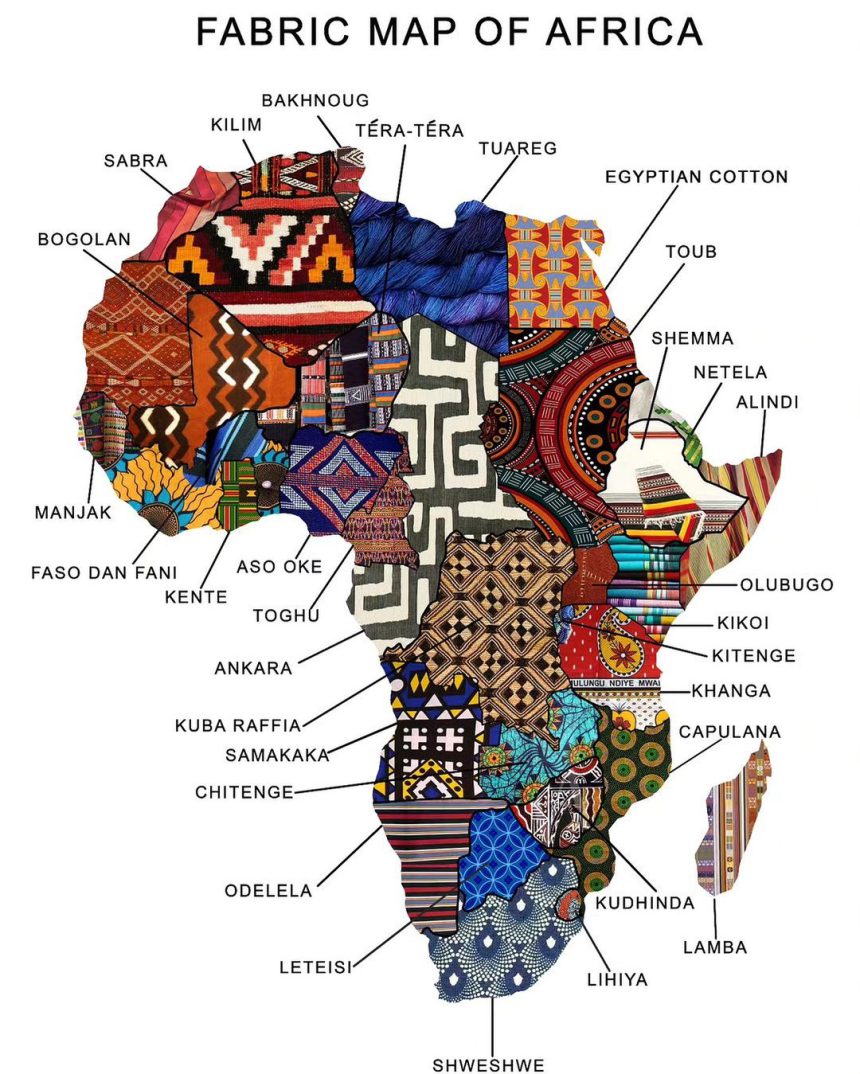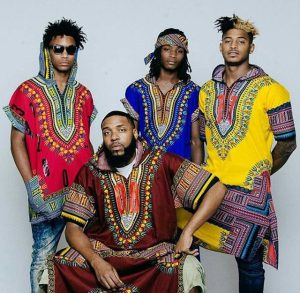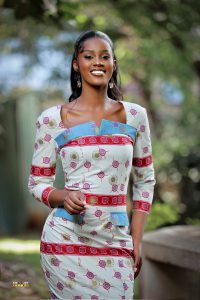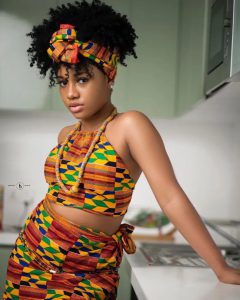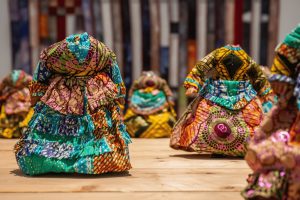Africa’s fashion industry is no longer a hidden gem—it’s a global movement worth over $31 billion, weaving together heritage, innovation, and unstoppable economic energy.
From the bold vibrancy of Ankara prints to the understated elegance of Moroccan caftans, African fashion is not just influencing trends—it’s reshaping the global style narrative, empowering creatives, and driving job creation across the continent.
A Market Rooted in Identity and Innovation
Valued at $31 billion in 2020, Africa’s fashion market currently accounts for about 1.2% of the global industry—but that’s only the beginning.
With projections suggesting it could exceed $50 billion by 2030, the continent’s creative economy is on the brink of exponential expansion, fueled by:
- A youth-driven revolution: With over 60% of Africa’s population under 25, a new generation of trendsetters and entrepreneurs is redefining what African fashion means—locally and globally.
- Digital transformation: Platforms like Jumia, Afrikrea, and social media boutiques are erasing borders, connecting African designers with global consumers in real time.
- Cultural resurgence: Designers are reclaiming and reimagining African identity through textiles, silhouettes, and storytelling—challenging Western fashion norms and proving that authenticity never goes out of style.
Fashion as an Economic Engine
Fashion in Africa isn’t just an expression of beauty—it’s a serious business. According to UNESCO and Afreximbank:
- The industry supports more than 1.5 million jobs across the continent.
- Annual fashion exports generate $15.5 billion, with the potential to triple by 2030.
- Nigeria’s apparel and footwear market alone is valued at ₦1.18 trillion (~$783 million).
Dynamic fashion hubs like Lagos, Dakar, Nairobi, and Cape Town are setting the stage for the continent’s creative future—hosting world-class showcases such as Lagos Fashion Week, Dakar Fashion Week, and the South African Fashion Film Festival.
Sustainability and Global Appeal
African fashion is naturally aligned with the global push toward sustainability. Many designers are leading with eco-conscious craftsmanship—using locally sourced, biodegradable materials and traditional techniques that celebrate slow fashion and minimize waste.
This ethical, rooted approach resonates with a global audience hungry for authenticity and accountability. Brands like Tongoro (Senegal), Orange Culture (Nigeria), and Maxhosa (South Africa) are not only gracing the pages of Vogue but also dressing international icons and entering luxury retail spaces worldwide.
The Road to $50 Billion
To fully unlock its promise, Africa’s fashion industry needs a strategic ecosystem built on:
- Infrastructure investment: Expanding textile manufacturing, logistics, and distribution networks.
- Policy support: Strengthening trade incentives, intellectual property rights, and design education.
- Global partnerships: Building bridges with international retailers, investors, and media to amplify African voices and craftsmanship.
If these elements align, Africa won’t just be a fashion destination—it will stand as a global fashion capital, setting the pace for creativity, sustainability, and cultural storytelling worldwide.
Written by: Innocent Chukwunonso


